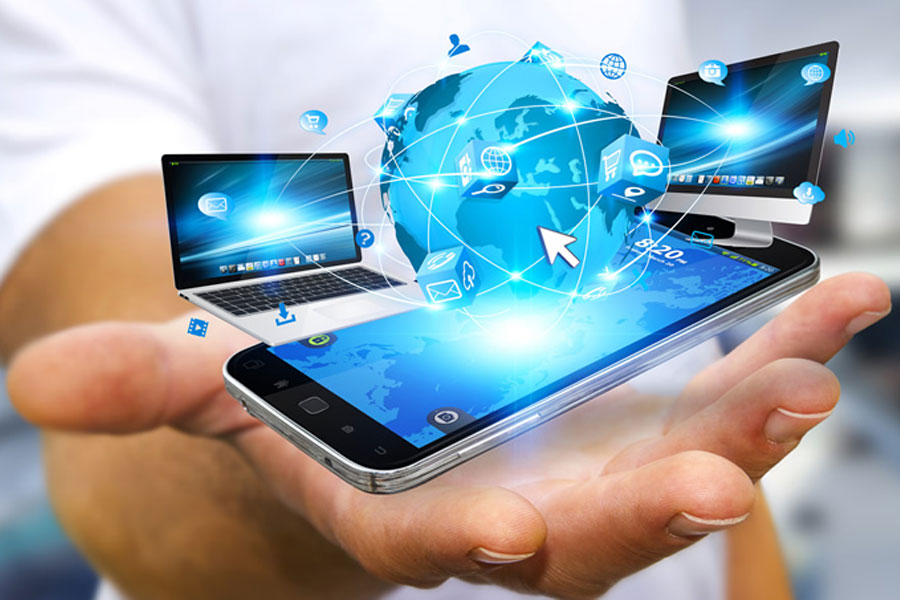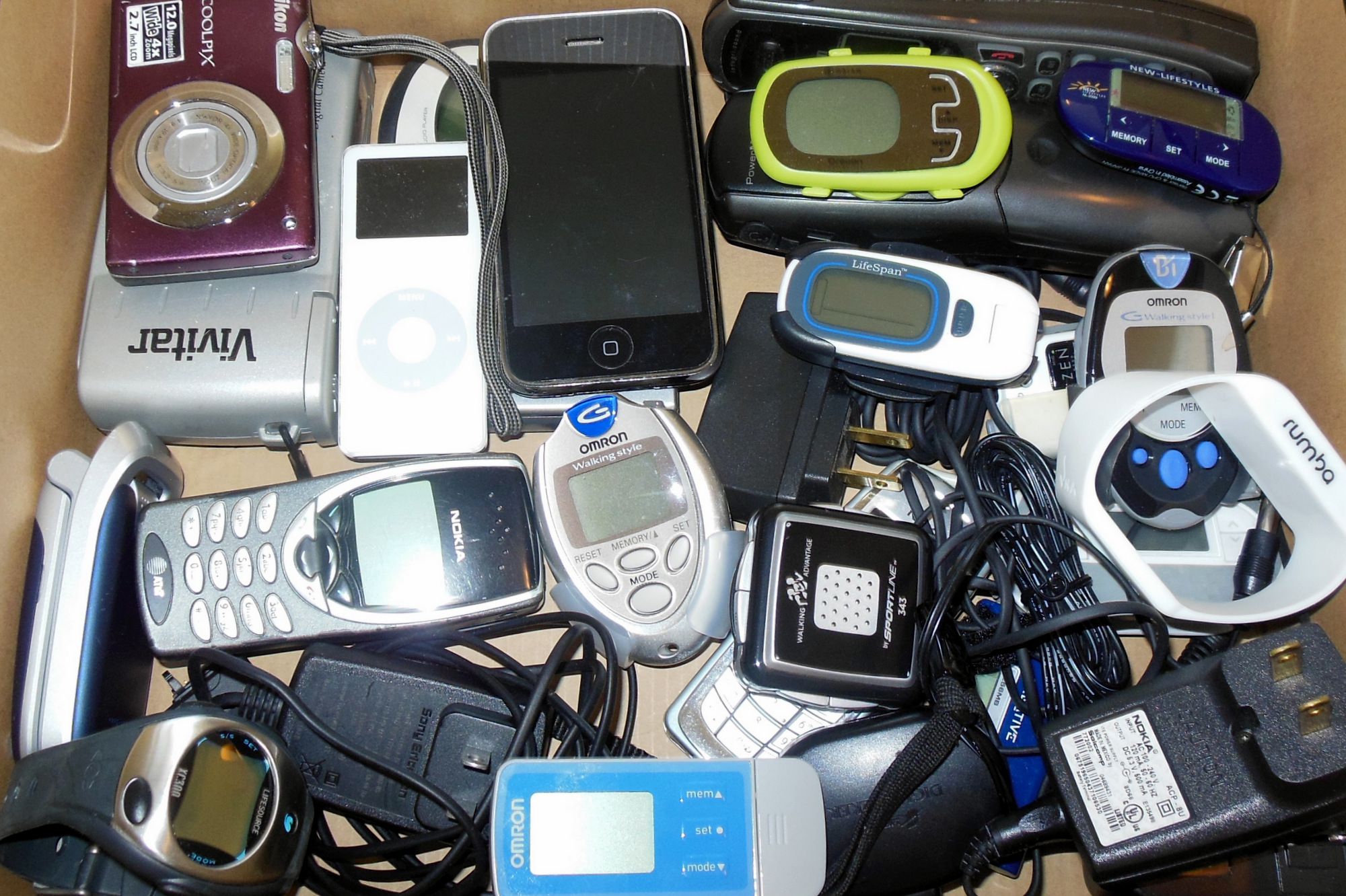
Authenticating who’s truly in the back of any action, whether logging into Twitter or getting access to a financial institution account, is the largest mission in safety nowadays.
Mobile Devices
On the organization degree, this truth is infinitely more critical: agencies want to relax, get admission to their structures and records, and be positive that the most effective individuals who are granted get entry to. At the same time, groups must also make sure their employees can paint as productively as possible — and regular and stringent safety protections would surely get in the manner of “enterprise as regular.” Those conditions create a dichotomy that corporations and protection experts have struggled to triumph over.

Up to now, PINS, passwords, and OTP hardware have been the compromise of preference: sufficient to authenticate a user’s access, however, no longer so burdensome that employees can’t get their jobs accomplished. The hassle? They don’t work. In 2016, the five largest records breaches – consisting of headline-making cases like Yahoo! And the DNC- worried about compromised, vulnerable, or reused passwords. That’s more than troubling- a call for a complete security reset.
A protection overhaul is an expensive and scary prospect for most enterprises: assessing vendors, buying and deploying new software programs and hardware, and growing and enacting new techniques. Unsurprisingly, agencies had been dragging their feet on making the sort of massive exchange. However, many organizations probably don’t realize that funding they’ve already made is also a door to a new stage of safety: Mobile devices. Given the number of safety headaches BYOD and MDM have given agencies during the last decade, it does appear perplexing. Still, innate in Mobile hardware are all of the additives needed for a rising and objectively stronger method of organization safety: biometrics. From the camera to the accelerometer to the oft-used TouchID pad, a complete suite of security functions is already at our fingertips:
Fingerprint: We’re all acquainted with fingerprint scanners: first introduced in 2011 at the Motorola Atrix 4G, TouchID and comparable technologies are a de facto hardware function on our Cell devices. First delivered to allow us to skip the lock screen safety passcode, many apps now install it as an authentication degree. Fingerprinting has long been the most famous biometric software in the bodily and virtual world, so it’s no wonder it is rated as the most famous Mobile biometric. And even though there are (founded) worries about spoofing, the extensive industrial deployment and adoption of fingerprint scanners make it an excellent practice for organization biometric protection – although probably best as a part of a multi-component authentication collection.
Face: The popularity of selfies led Cellular tool manufacturers to place a camera on the front of the smartphone; now, organizations can gain this tiny improvement to enforce facial reputation as a worker authentication thing. The facial popularity software program uses algorithms to identify and authenticate distinguishing facial features. Further security features can be installed by requiring lively biometrics – asking a person to grin, nod, or blink to authenticate. Of course, many employees may be wary of taking a selfie in an assembly to get the right of entry to their e-mail. Hence, firms have to take word approximately when and how facial recognition is required to get the privilege of access.
Hand reputation: A newer biometric, hand reputation uses the flash and rear-dealing with a camera to take a picture of a person’s four fingerprints – increasing the security degree above regular fingerprint reputation. Additionally, using flash addresses a number of the issues encountered inside the front-facing camera because there are fewer issues with lights, which can result in faulty studying.
Iris Experiment: Iris scanning displays promise in organization deployments – particularly after the release of the final year of the Samsung Galaxy Aware, which was one of the first Cell gadgets to come prepared with an iris scanner. The unlucky death of that device has taken the technology lower back a few steps. Still, rumors that the iPhone might replace TouchID with iris scanning may place this era again in the rotation significantly.
Accurate Biometrics
Behavioral: A telephone’s hardware and software carry alongside a set of answers that make ongoing and non-stop authentication feasible. While we’ve been discussing bodily biometrics – the use of parts of a person to identify them – it’s also possible (and more and more promising) to use a person’s movements. A tool’s myriad sensors may measure behavioral biometrics: has the agency moved to a brand new vicinity, has the microphone picked up your voice currently, how is it being carried, does the movement pattern and gait fit yours, while was the last time the digicam captured your face and many others. Via regular, passive statistics series, your phone can be “assured” that it’s Still you to use the device and won’t constantly ask for credentials or log you out; however, if the confidence rating drops below a certain stage, either due to the fact you’ve moved to an unusual area or haven’t used the smartphone in some time, the app might ask you to log in with your physical biometric once more.
Our Cell devices provide that “remaining mile” to empower biometrics. Biometrics offers a sensible solution to the problems of susceptible and beside-the-point authentication answers While At the same time turning inconvenient, humans-centric authentication solutions to the latest Mobile gadgets. Convenient biometric authentication lets a business guide an extra degree of capabilities for its Mobile group of workers. It can also be included in company Mobility Control (EMM) solutions to permit sturdy security policies to be enforced for Mobile answers. It additionally solves a value headache related to passwords: biometric authentication can reduce password resets, help table requests, and aid calls using as much as 50 percent, in step with Gartner. There are many matters to not forget on the journey to killing corporation passwords; however, thanks to Mobile devices, hardware doesn’t need to be one among them.
Have a look at the Cellular gadgets and Mobile Security.
Cell devices have persevered to the upward push of their recognition, and the adoption rates are extremely excessive. This arises from the fact that Mobile conversation has become an ordinary affair. For many humans, leading a life without a Cellular telephone could be almost impossible to tolerate. Our lives depend on devices for many things, except the most important advantage of providing a communique method with human beings. Once more, the continuing rise in the degree of adoption of devices has been accompanied by way of sophistication within the gadgets and their models and the level of functionality attainable with the gadgets.
At the moment, smartphones and tablets are primarily based on various one-of-a-kind platforms, depending on the producer. This has increased the functionality that can be executed with the Cellular telephones to impossible stages. This is persevering, with an increasing number of portions getting added to the devices. Smartphones and tablets accompany customers anywhere they pass, and in everything they do. Mobile phones now access the internet at exceptional speeds and with substantial capability, supporting customers to gain admission to records and even manipulate documents. With such power, Cellular phones and devices add an entirely distinct perspective to the equation. This is IT safety. Machines have been a huge hazard, which has to do with the fact that humans can get the right to enter a whole bulk of assets from their phones. Mobile devices threaten the points saved in them and the networks of which they’re part.
Similar to how people take complete steps to comfy their computer systems, the Cell devices must be secured. This arises from the reality that the facts and facts accessed and contained consist of personal and personal records, pics and contacts, or even records and protection details belonging to monetary money owed and different online corporations. Being the lifeline they’ve come to be, the gadgets require safety to control and avoid dangers and threats. Take a look at the stairs to install location to make sure that Cell protection is guaranteed. It may be beneficial for many Cell gadgets.

Add a Device
The first step must be finding gadgets with excellent or above-average security functions compared to different gadgets in the marketplace. This mitigates the dangers obtainable, and security capabilities depend on the producer and the targeted clients with the unique device. The main threat to the security of Mobile devices is the 0.33 birthday party application, which may additionally include connected scripts using cybercriminals who intend to manipulate your tool. Consequently, move for the signed third-celebration apps to ensure their authenticity andit the extent to which the alternative human beings can arbitrarily deploy Those third birthday celebration apps and inadvertently gain manipulation to your tool and similarly on to the business or company network.
READ ALSO :
- Governor sues IBM for laptop overhaul debacle
- Home Windows 10: The way to lock down the OS to put in the best
- The Way to Tour Like A Rock Megastar — Without The Tour Bus
- The Duesenberg Automobile
- The way to Create a Minimalist Computing device to Be Happy with













